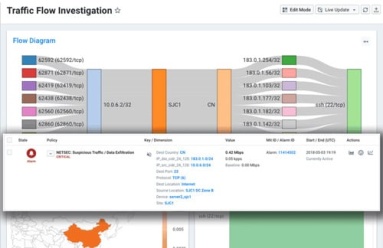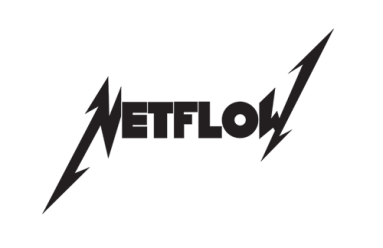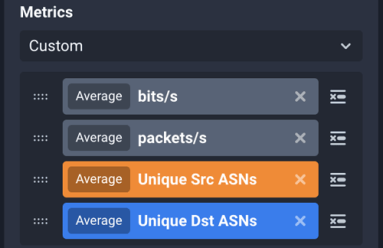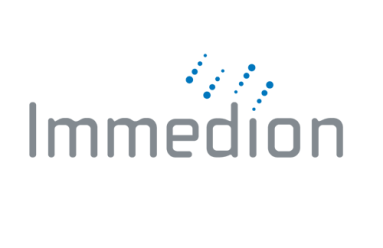Kentik Blog
























Managing quality of service and service-level agreement (SLAs) is becoming more complex for service providers. In this post, we look at how and why enterprise cloud services and application usage is driving service providers to rethink service assurance metrics. We also discuss why network-based analytics is critical to satisfying service assurance needs.
VPC Flow Logs Blog Post: The migration of applications from traditional data centers to cloud infrastructure is well underway. In this post, we discuss Kentik’s new product expansion to support Google’s VPC Flow Logs.
NetFlow offers a great way to preserve highly useful traffic analysis and troubleshooting details without needing to perform full packet capture. In this post, we look at how NetFlow monitoring solutions quickly evolved as commercialized product offerings and discuss how cloud and big data improve NetFlow analysis.
We just published our first open source project on GitHub and npm. Called Mobx Form, in this blog post we look at how the project helps developers with coding complex forms.
Digital transformation is not for the faint of heart. In this post, ACG Analyst Stephen Collins discusses why it’s critical for ITOps, NetOPs, SecOPs and DevOps teams to make sure they have the right stuff and are properly equipped for the network visibility challenges they face.
Silos in enterprise IT organizations can inhibit cross-functional synergies, leading to inefficiencies, higher costs and unacceptable delays for detecting and repairing problems. In this post, ACG analyst Stephen Collins examines how IT managers can start planning for now as the first step in moving from silos to synergy.
With increased reliance on cloud and data centers, providers are under more pressure to maintain real-time network visibility to reduce potential threats to their service offerings. That’s why provider Immedion chose Kentik. Read the case study.
In this post, we look at the best practices for an effective capacity planning solution that ensures optimal network performance and visibility.
Kentik’s VP of Channels Jim Frey takes a look back at RSA 2018. After walking the show floor, in this post he highlights how the event has grown over the years as the security vendor landscape has gotten more complex and bloated. He also explains why good technology alone is not the answer.
Network performance and network security are increasingly becoming two sides of the same coin. Consequently, enterprise network operations teams are stepping up collaboration with their counterparts in the security group. In this post, EMA analyst Shamus McGillicuddy outlines these efforts based on his latest research.









